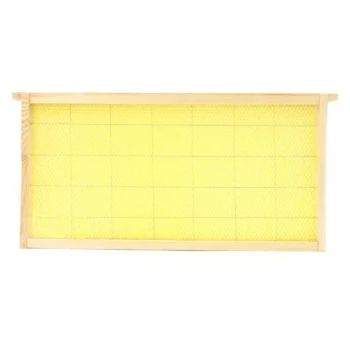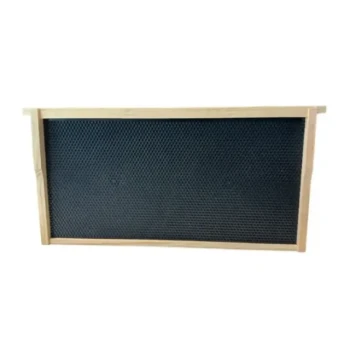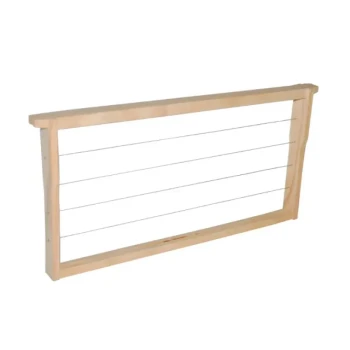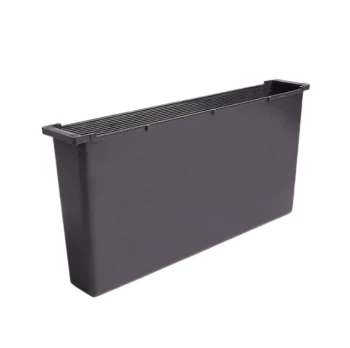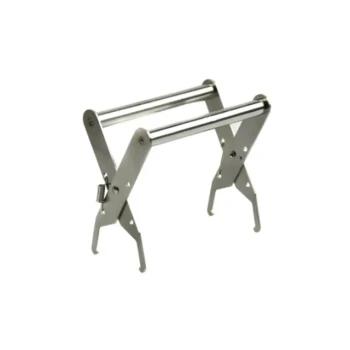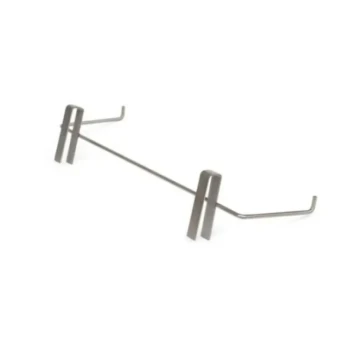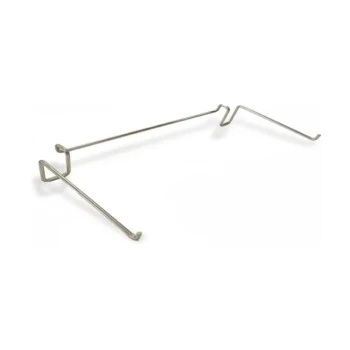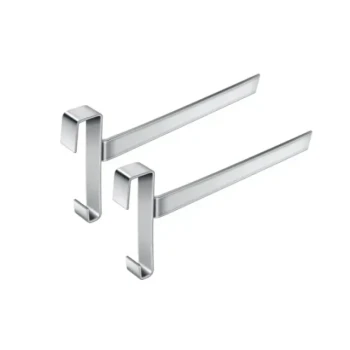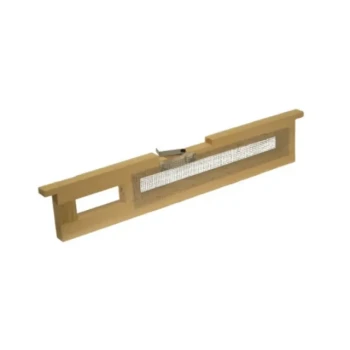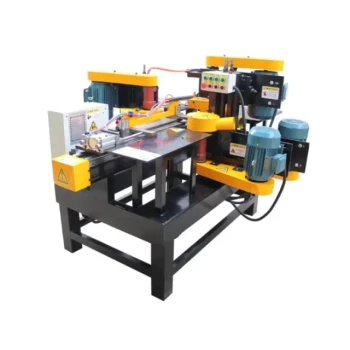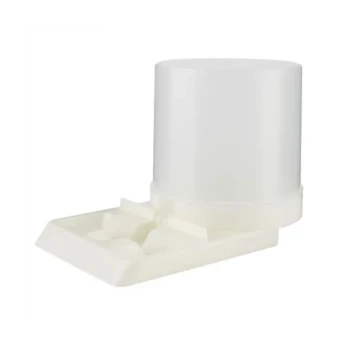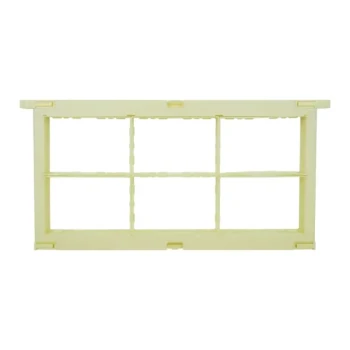At its core, a brood frame is a specific, removable frame inside a modern beehive that functions as the colony's nursery. It is where the queen bee lays her eggs and where the subsequent stages of young bees—the larvae and pupae, collectively known as brood—develop. These frames are typically located in the lower section of the hive, in what is called the brood box.
Understanding the brood frame is not just about identifying a piece of equipment. It’s about recognizing the engine of the entire colony, as the health and activity on these frames directly indicate the strength, future, and vitality of your hive.
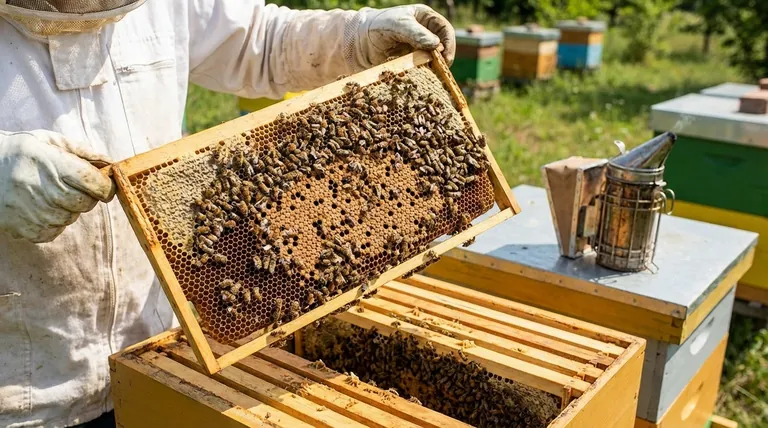
The Hive's Structure: A Home for Brood
To grasp the role of a brood frame, you must first understand the modular design of a standard Langstroth beehive. It is not a single unit, but a stack of interacting components.
The Foundational Components
A typical hive is built from the ground up with several key parts. These include a bottom board, one or more boxes called "supers" or "hive bodies" that hold the frames, an inner cover, and a main telescoping cover for weather protection.
The Brood Box: The Colony's Core
The brood box (or hive body) is the large, deep box that sits at the bottom of the stack. This is the heart of the colony, where the queen resides and performs her primary function: laying eggs. The frames within this box are the brood frames.
What You'll Find on a Brood Frame
A healthy brood frame is a busy place. Upon inspection, you will see a pattern of cells containing eggs (tiny white specks), larvae (white, c-shaped grubs), and capped pupae. Surrounding this brood pattern, you will also find a ring of pollen and an outer arc of honey, which serve as food for the developing bees.
Brood Frames vs. Honey Frames: A Critical Distinction
A beekeeper’s primary job is to manage the different functions within the hive. The most fundamental distinction is between frames used for raising bees and frames used for storing honey.
The Purpose of Brood Frames
Brood frames are dedicated to reproduction. The entire focus here is on creating the next generation of worker bees, ensuring the colony's population remains strong and can perform all the necessary tasks of foraging, building, and defense.
The Purpose of Honey Frames
Honey frames are located in separate, often shallower boxes called honey supers. These are placed above the brood box. Their sole purpose is for the bees to store surplus honey—the honey that the beekeeper can eventually harvest.
The Queen Excluder: Enforcing the Boundary
To keep these two functions separate, beekeepers often use a queen excluder. This is a flat screen with gaps large enough for worker bees to pass through but too small for the larger queen. Placed between the brood box and the honey supers, it ensures the queen cannot lay eggs in the honey frames, keeping the harvest pure.
Understanding the Practical Implications
Separating brood from honey is not just a matter of convenience; it is a cornerstone of modern beekeeping that impacts both hive health and your ability to harvest honey.
Why This Separation is Crucial
Keeping the queen and her brood in the lower boxes makes hive inspections more predictable and efficient. You know exactly where to look to assess the colony's health. More importantly, it ensures the honey you harvest is clean and free from developing bee larvae.
Frame Management is Hive Management
As a beekeeper, you will spend most of your time managing frames. Inspecting brood frames tells you if your queen is healthy and laying well. Managing honey frames involves knowing when to add more space for storage and when to harvest.
Common Hive Accessories
Beyond the basic boxes and frames, accessories like entrance reducers (to protect the hive) and feeders (to provide supplemental food) are often used to support the core functions happening on the brood frames, especially in new or struggling colonies.
Making the Right Choice for Your Goal
Your priorities as a beekeeper will determine how you interact with the different frames in your hive. A clear understanding of the brood frame's function is your guide.
- If your primary focus is colony growth and health: Your main task is the regular, careful inspection of brood frames, looking for a solid egg-laying pattern and early signs of pests or disease.
- If your primary focus is maximizing honey production: Your main task is ensuring the queen is confined to the brood box with an excluder and adding honey supers at the right time to give bees ample storage space.
- If you are a new beekeeper: First, master the art of reading a brood frame. A strong, healthy brood nest is the foundation upon which a productive honey-making colony is built.
Ultimately, recognizing the central role of the brood frame is the first step toward becoming a successful and responsible beekeeper.
Summary Table:
| Aspect | Brood Frame | Honey Frame |
|---|---|---|
| Primary Function | Raising new bees (brood) | Storing surplus honey |
| Location in Hive | Lower deep box (brood box) | Upper shallow boxes (honey supers) |
| Key Contents | Eggs, larvae, pupae, pollen, some honey | Capped honey |
| Management Focus | Colony health & queen productivity | Honey harvest & storage space |
Build a Stronger, More Productive Apiary with HONESTBEE
For commercial apiaries and equipment distributors, efficient hive management starts with high-quality, durable brood frames. They are the foundation of colony vitality and honey production.
HONESTBEE supplies the essential beekeeping supplies and equipment you need to succeed. Our wholesale-focused operations ensure you get reliable, commercial-grade gear to support your beekeeping goals.
Contact HONESTBEE today to discuss your wholesale needs and learn how our equipment can contribute to the health of your colonies and the success of your business.
Visual Guide
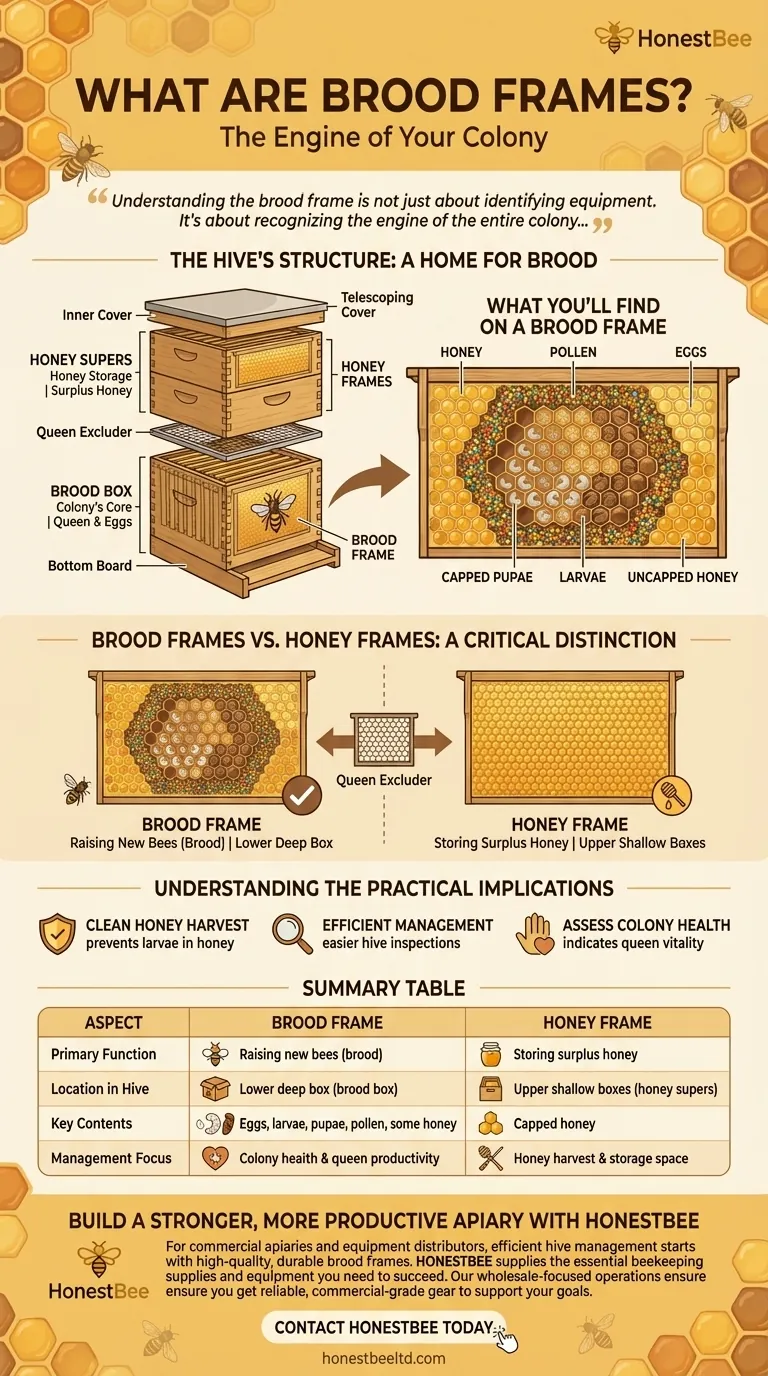
Related Products
- Assembled Wooden Bee Frames with Beeswax Foundation Ready to Use by HONESTBEE
- Assembled Wooden Bee Frames with Plastic Foundation for Durability and Convenience by HONESTBEE
- HONESTBEE Wired and Assembled Wooden Bee Frames Foundation for a Thriving Hive
- Professional In-Hive Bee Feeder HONESTBEE Frame for Beekeeping
- Heavy-Duty Stainless Steel Frame Grip
People Also Ask
- Can I reuse old frames? A practical guide to saving money and reducing waste
- Can old bee frames be reused? Weighing the Risks vs. Rewards for Your Hive
- How are Langstroth beehive frames assembled? A Step-by-Step Guide for a Durable Hive
- What are some tips for setting up hive frames? Build a Strong Foundation for Your Hive
- What are bee frames, and how do they relate to box sizes? A Guide to the Langstroth Hive System
